Hollow Fiber Membrane
All LifeStraw products use a hollow fiber membrane. These membranes have microscopic pores that trap contaminants.
Filtration Process
Bacteria and parasites are bigger than the pores in the filter. Water is able to pass through, but contaminants larger than 0.2 microns remain trapped.
Filtering Chemicals
Some LifeStraw products use a two-stage filtration process. In addition to the hollow fiber membrane, a carbon capsule absorbs chemicals like chlorine and pesticides.
More advanced carbon filters, like the LifeStraw Flex, also reduce heavy metals, like lead.
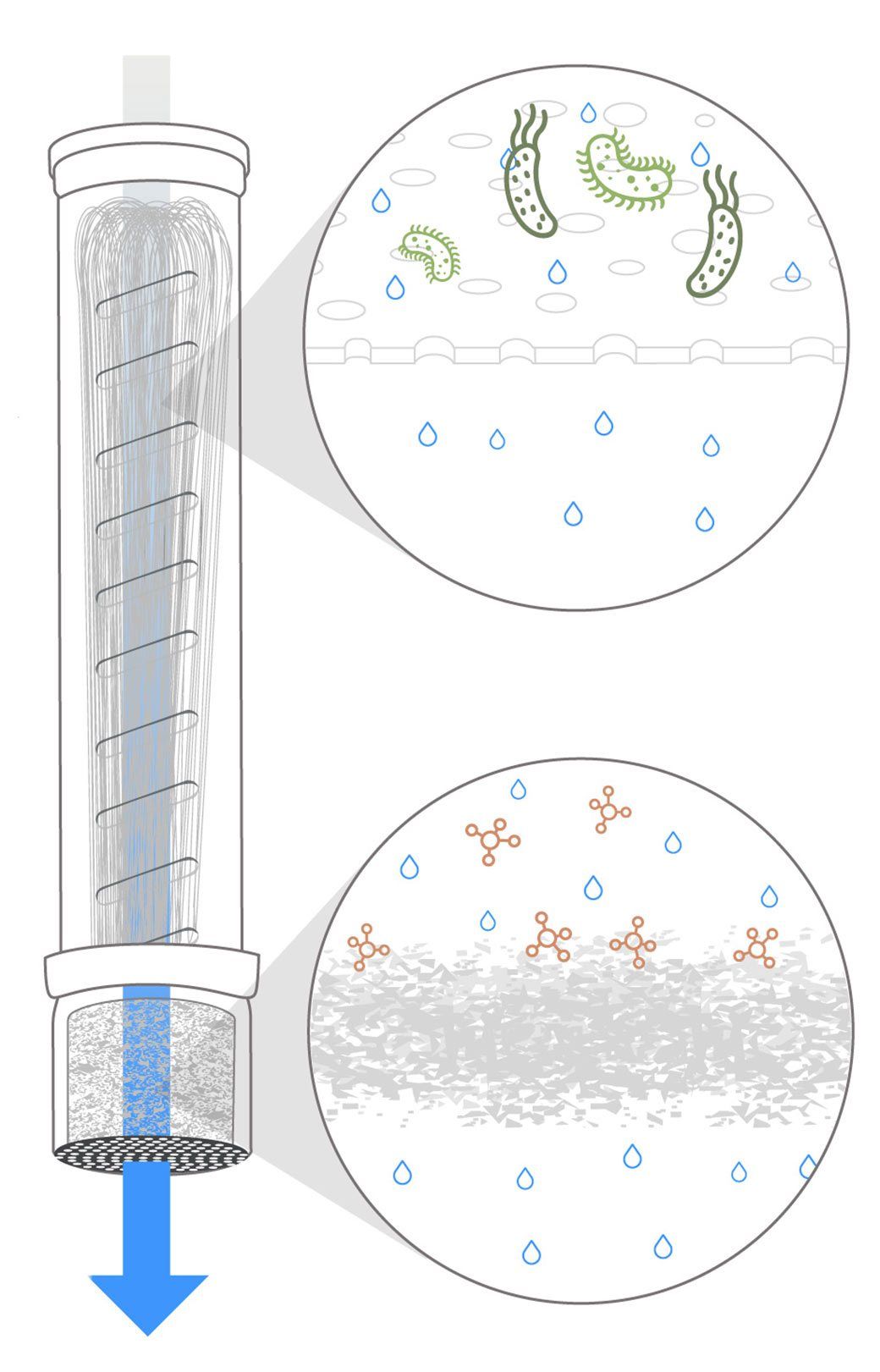
Which Product Works For You?
Since different LifeStraw products do different things, it’s important to know which filtration device works best for the water unique to your area.
- Removes Bacteria,
Parasites, and Microplastics - Removes
Viruses - Reduces
Chemicals - Reduces
Lead
Removes Bacteria,
Parasites, and Microplastics
The hollow fiber membrane traps contaminants larger than 0.2 microns.
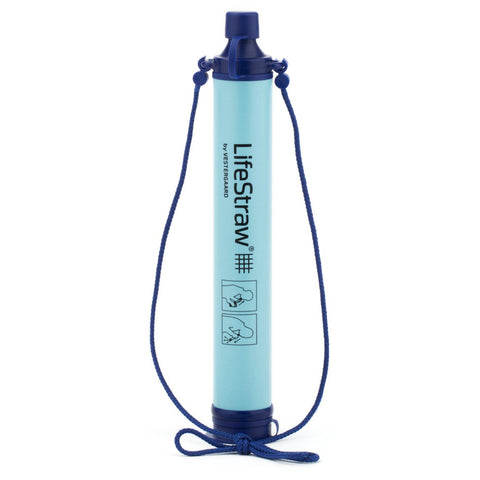
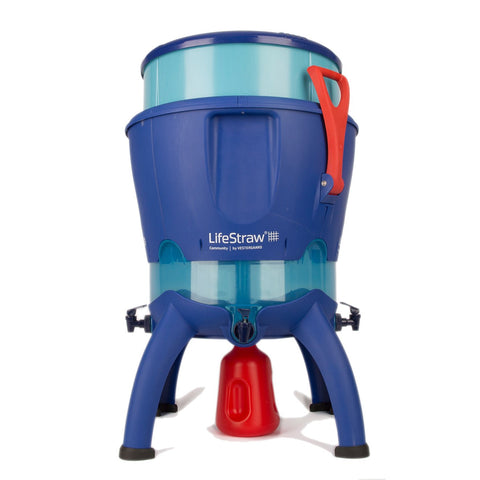
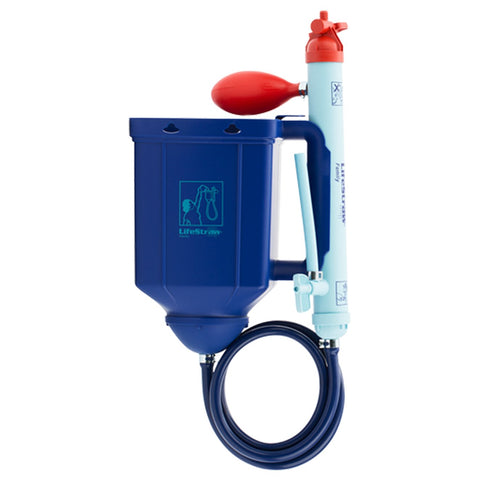
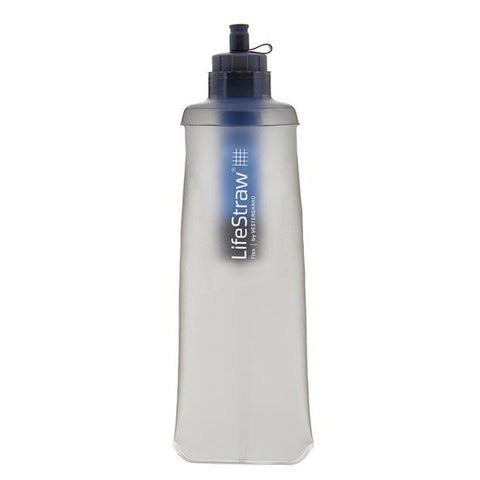

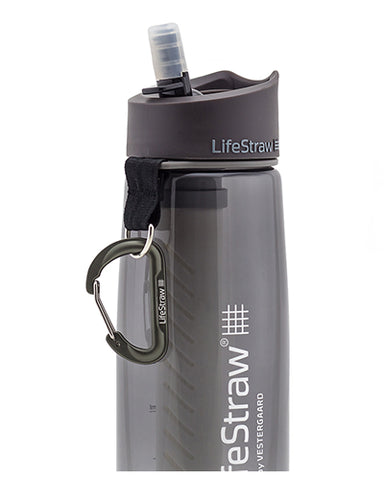

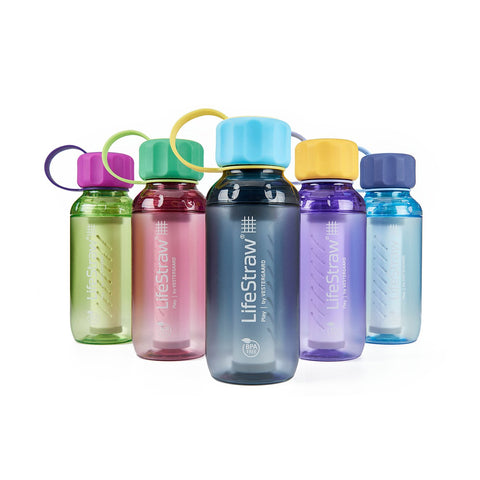
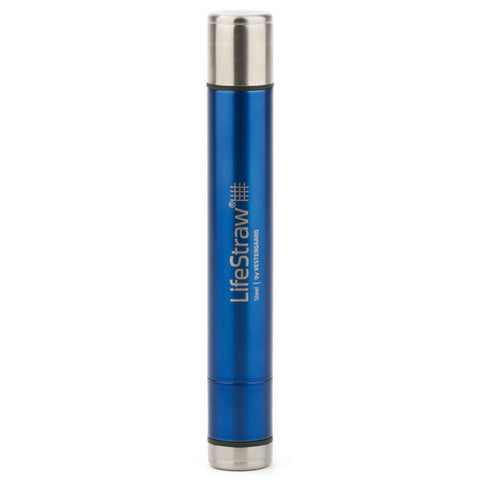
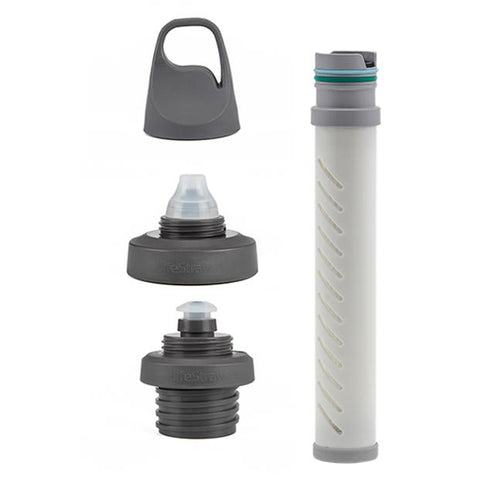
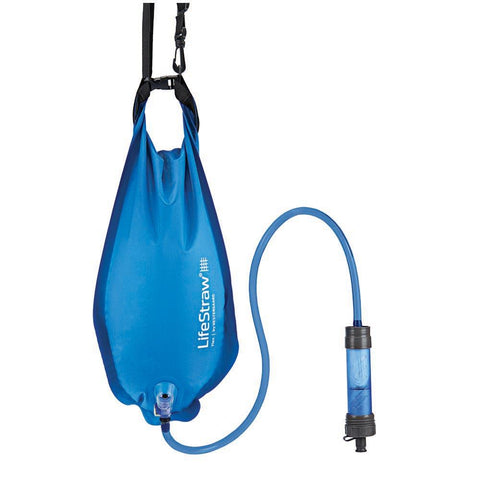
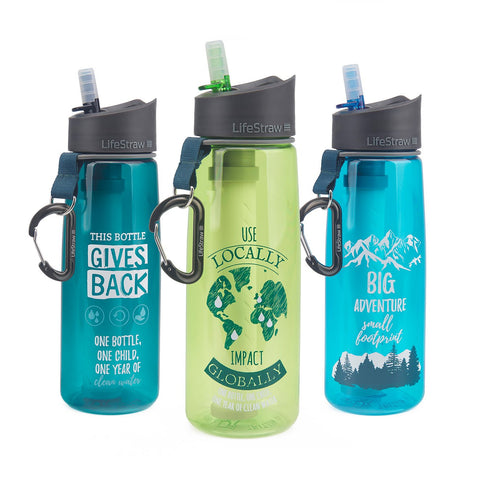
Removes
Viruses
Our purifiers remove 99.999% of virus from drinking water.

Reduces
Chemicals
The carbon capsule in some LifeStraw products absorb chemicals like chlorine and pesticides.








Reduces
Lead
Our advanced carbon filters reduce heavy metals, like lead.


Research & Evidence
It is our responsibility to create sustainable products, including a strong evidence base for our product claims and their intended impacts.
Download Product Claims (PDF)Health Impact Studies
We partner with the following academic institutions to test our products and the health impact they achieve:





Independent Testing and Certifications
All products undergo global, independent testing and certification for retail and humanitarian markets.
FDA
All products, materials and chemicals used in the production of LifeStraw products pass US Food and Drug Administration (FDA) standards, and all components that come in contact with water are US FDA compliant as food grade materials.
NSF
Currently our products are independently tested by accredited laboratories against global standards, including the National Safety Foundation (NSF International). In 2018, LifeStraw will apply for NSF certification on all of our retail products.
FSC
All the packaging material that Lifestraw uses is recyclable. In addition, in 2018 we will work toward Forest Stewardship Council (FSC) certification for packaging.
ISO Certified
LifeStraw has its own lab and team of scientists dedicated to provide R&D feedback and testing on all products. The Laboratory is ISO/IEC 17025 accredited and an ILAC/MRA member.
US EPA
All of our products are tested against US EPA standards for safe drinking water.
WORLD HEALTH ORGANIZATION
In February 2016, the Round 1 testing results of the WHO International Scheme to Evaluate Household Water Treatment Technologies was released. This scheme independently evaluates the performance of household water treatment (HWT) technologies according to WHO health-based criteria.
Lab Testing
We perform regular testing on all of our products through our own ISO 17025 certified laboratory in Hanoi, Vietnam and through independent laboratories for additional testing. In accordance with US EPA and NSF protocols, LifeStraw filters are tested against high levels of microbial contaminants (enteric bacteria and protozoan parasites) which represent the “worst case” water quality scenario.



